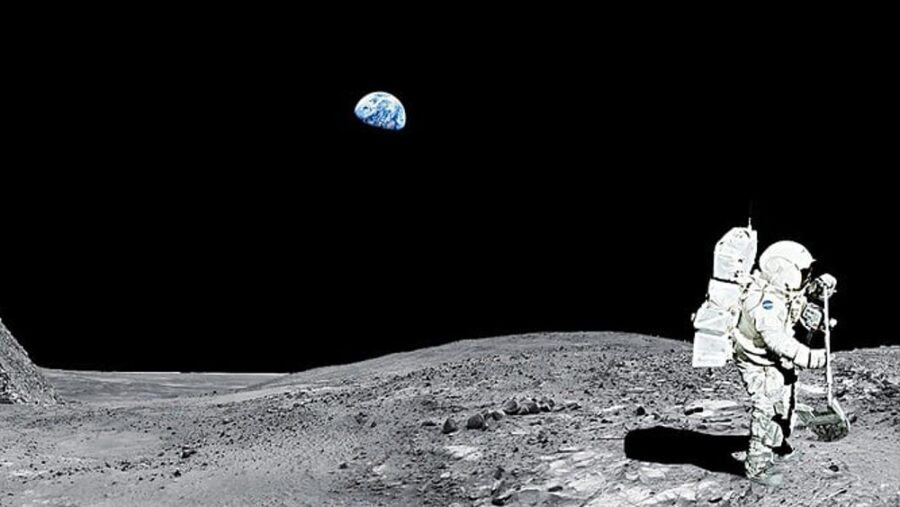Movement Detected On The Moon

India’s historic Chandrayaan-3 mission to the Moon’s south pole is already providing lots of interesting data, including the fact that it may have just recorded the first seismic data from our planet’s satellite since the 1970s. According to Science Alert, the Vikram lander’s onboard Instrument for Lunar Seismic Activity (ILSA) recorded some rumblings that could be natural seismic activity. These findings could lend us a better understanding of what the inside of the Moon is like.
The Vikram Lander on The Moon has detected something that could be seismic activity.
The Instrument for Lunar Seismic Activity is the first Micro Electro Mechanical Systems technology-based instrument that has made its way to the Moon, and its primary objective is to pick up readings on ground vibrations on the surface, whether natural or artificial.
The instrument proved its efficacy by first measuring the mission’s Pragyan rover, which is currently roving around on the surface. However, the other readings it has picked up appear to be a natural seismic event, which may turn out to be a quake or impact on the surface.
India successfully landed its Chandrayaan-3 lander on August 23, 2023, making it the first country to achieve a landing on the south pole of the Moon.
Another event was picked up by the instrument in late August, and the Indian Space Research Organization (ISRO) is investigating the source of both recorded events. It’s certainly exciting that ISRO’s Chandrayaan-3 mission already has some potential significant findings after landing on the Moon just a couple of weeks ago. Right now, the solar-battery-powered lander and rover are both taking a little break, as it is night on the south pole, and they go into sleep mode when their batteries aren’t able to charge.

Luckily, we don’t have to wait too long for the night on the south pole of the Moon to be over, as the rover and lander are set to restart their explorations on September 22. Undoubtedly, there will be many more interesting observations and data collection to come. India has already made history with this landing, and it’ll be cool to see what comes next.
NASA’s ambitious Artemis program will be the first human Moon mission in over 50 years since the historic Apollo program
India successfully landed its Chandrayaan-3 lander on August 23, 2023, making it the first country to achieve a landing on the south pole of the Moon. India isn’t the only one aiming to explore this unexplored territory, which has the highest likelihood of containing water ice. This water ice can potentially be used in future lunar missions by astronauts and could also potentially be harvested for fuel.
Not to mention the fact that the south pole of the Moon has various locations that offer a lot of sunlight, making it easy to power up rovers, landers, and other equipment crucial to exploration and data collection. NASA is also making plans to land on the South Pole, designating all 13 of its candidate landing spots in that area for its upcoming Artemis mission. That mission aims to send a crewed shuttle to the Moon and get them there by 2025.
NASA’s ambitious Artemis program will be the first human Moon mission in over 50 years since the historic Apollo program. It will also put the first woman and first person of color on the Moon. Additionally, the program hopes to establish a lunar presence for NASA that will enable them to launch a crewed mission to Mars in the year 2040.












